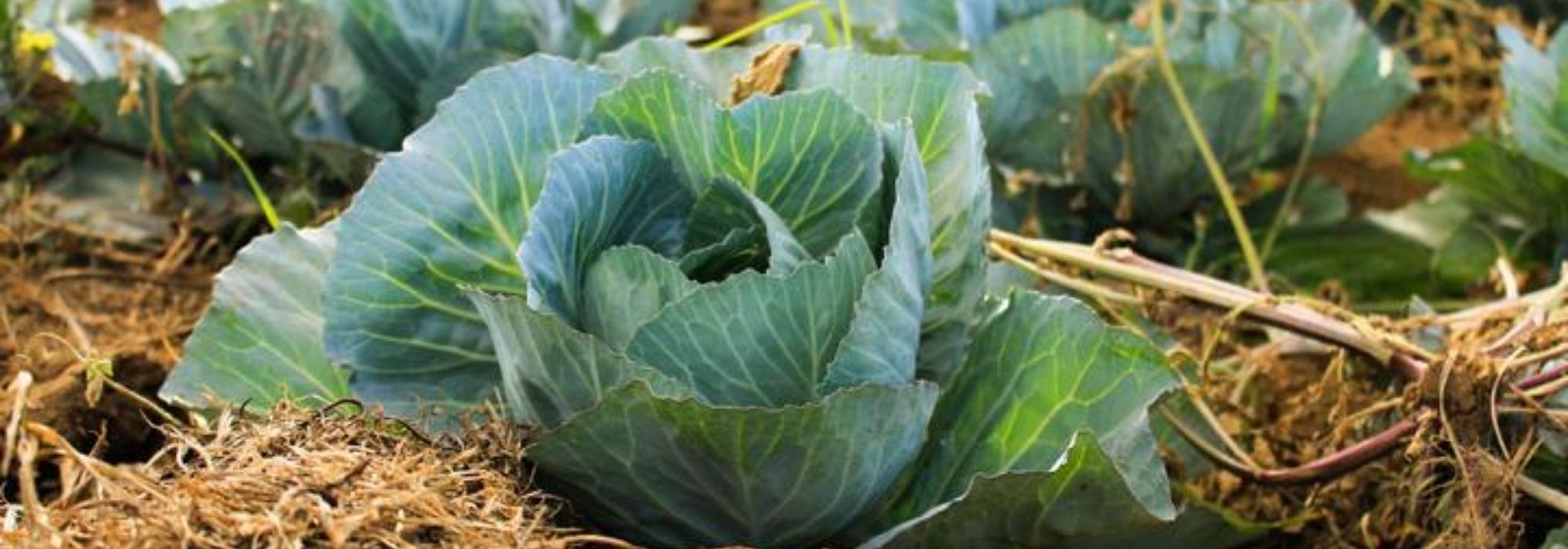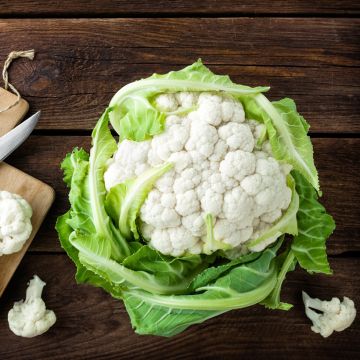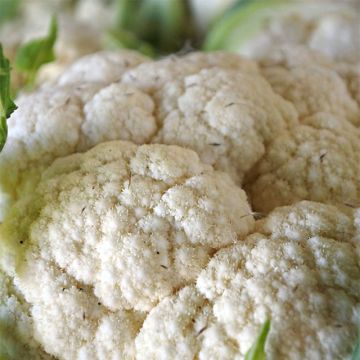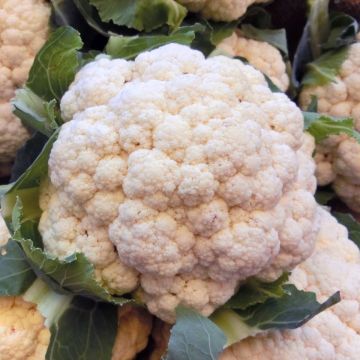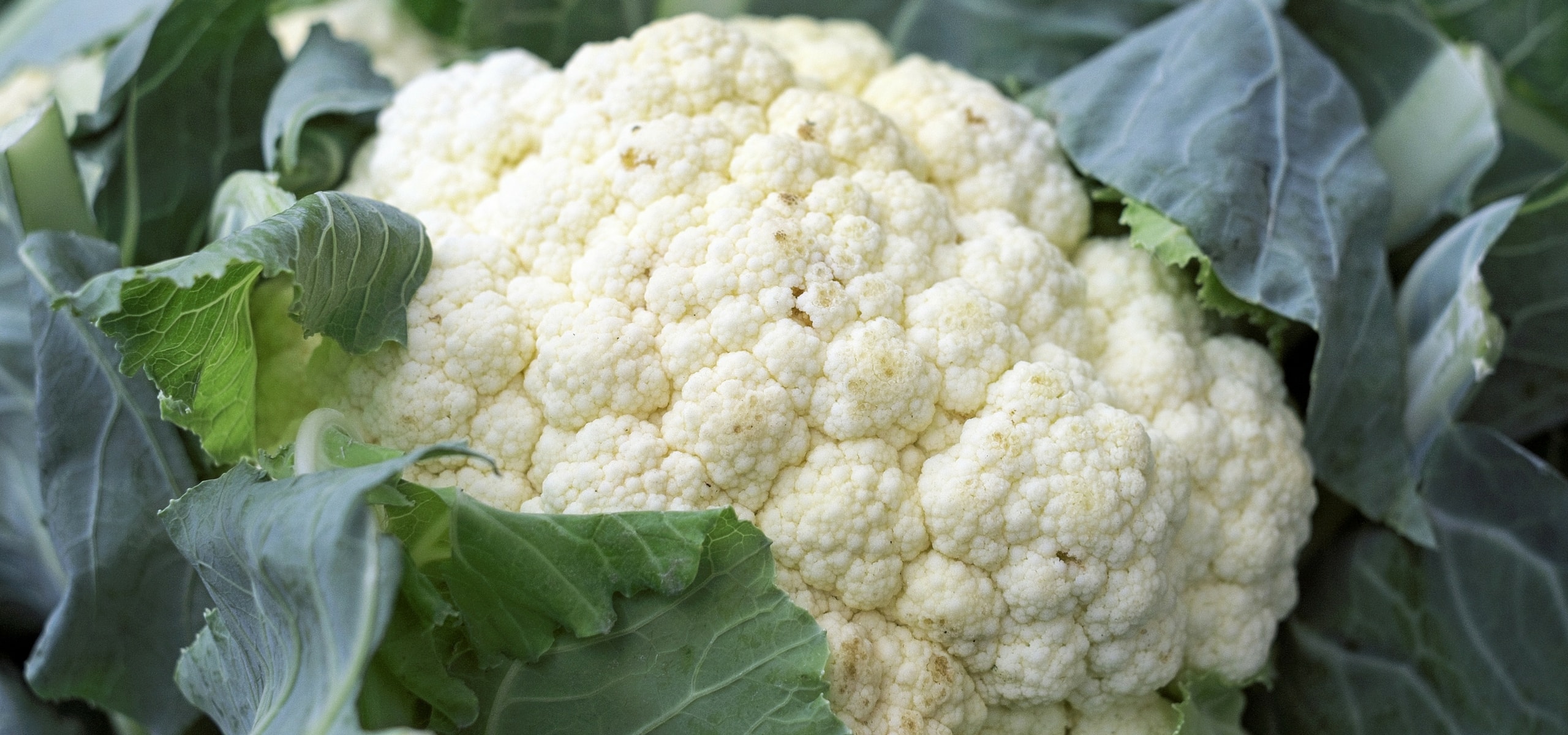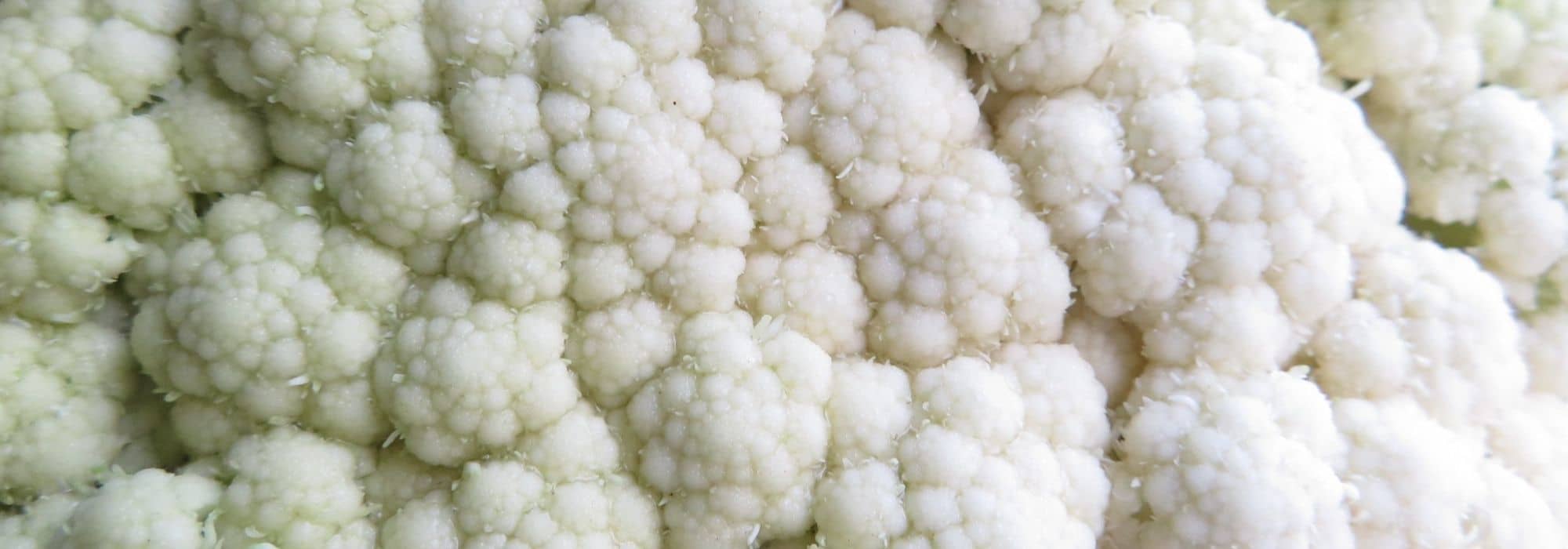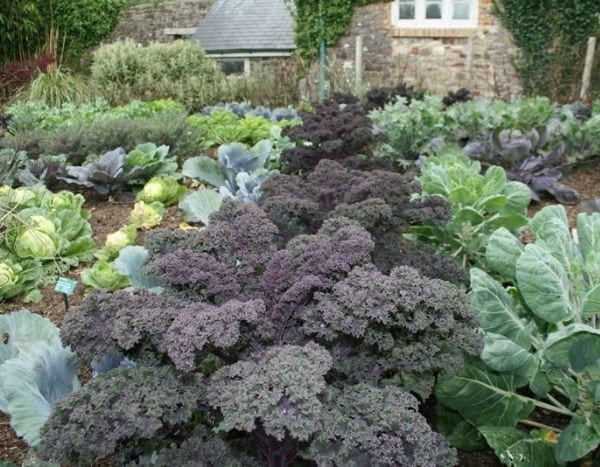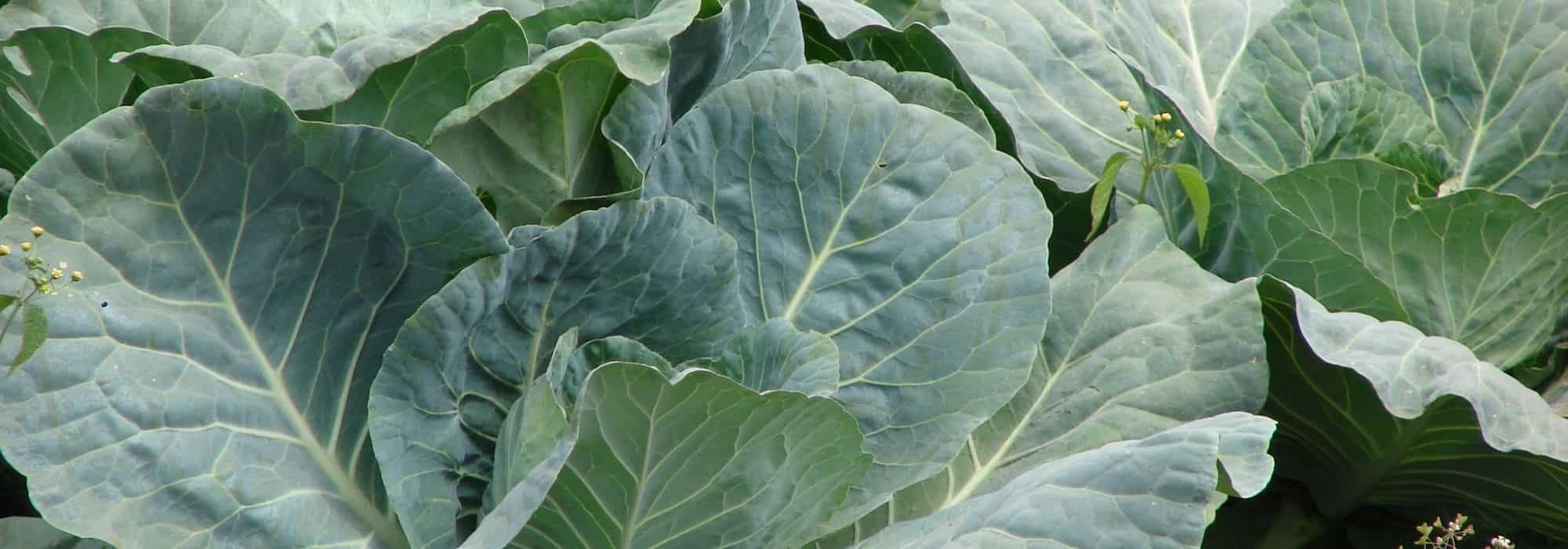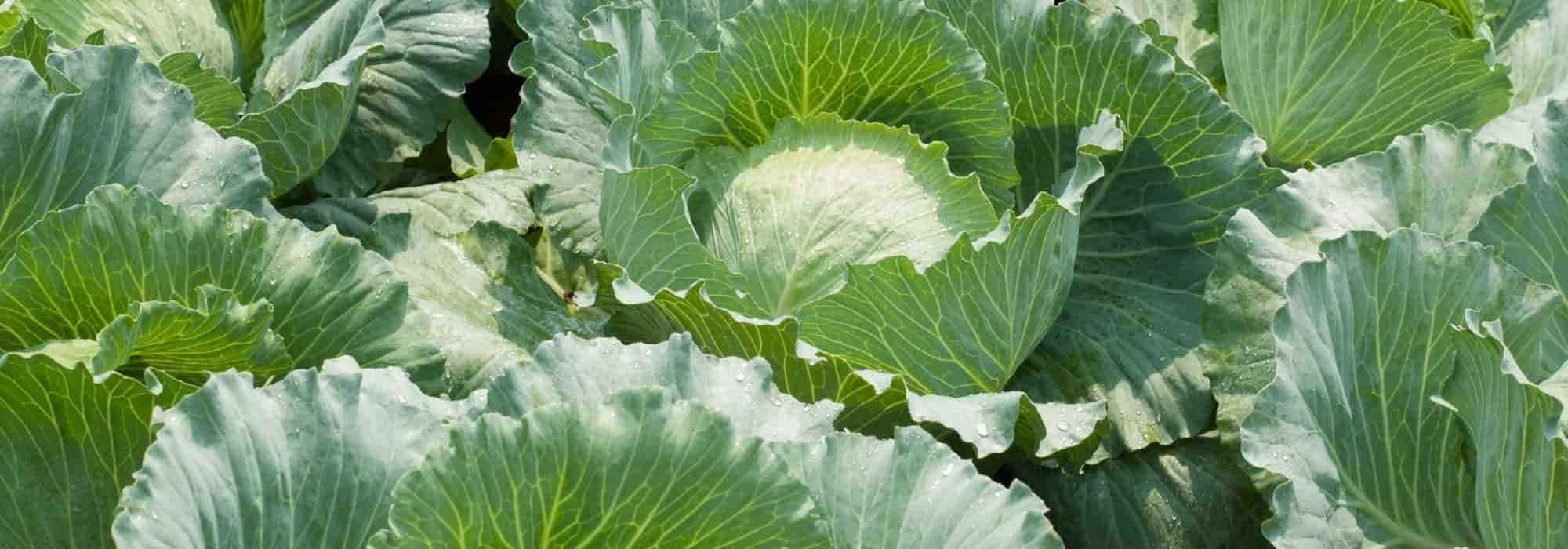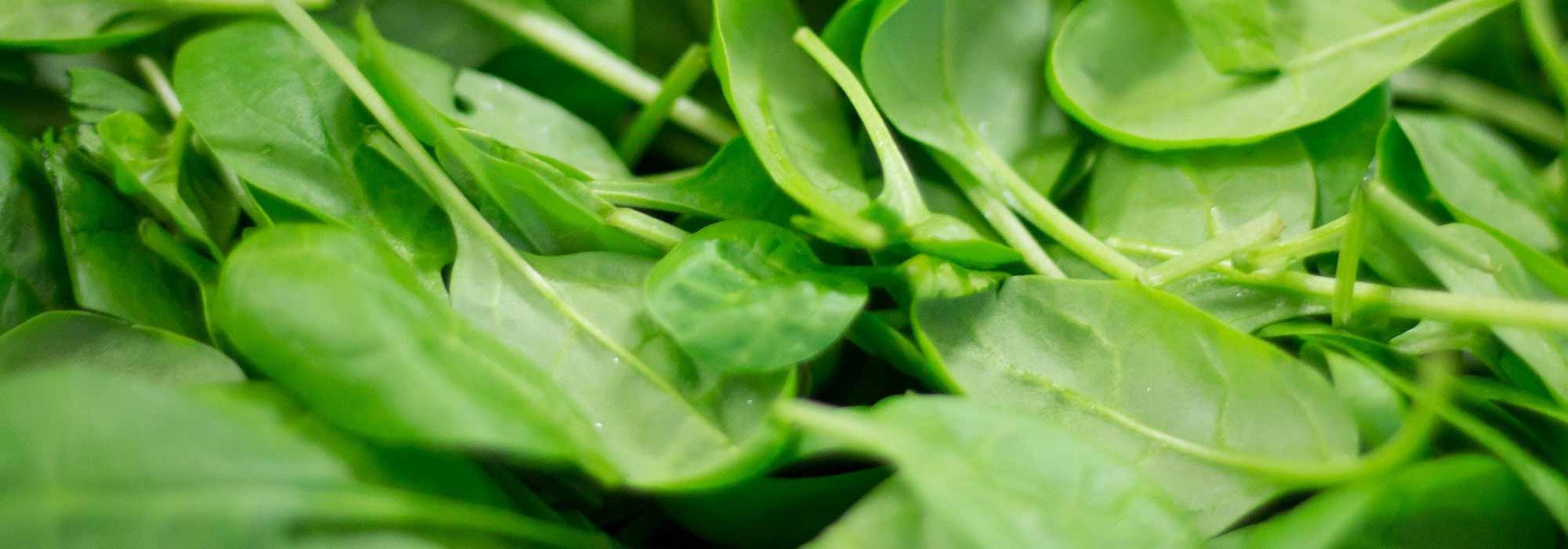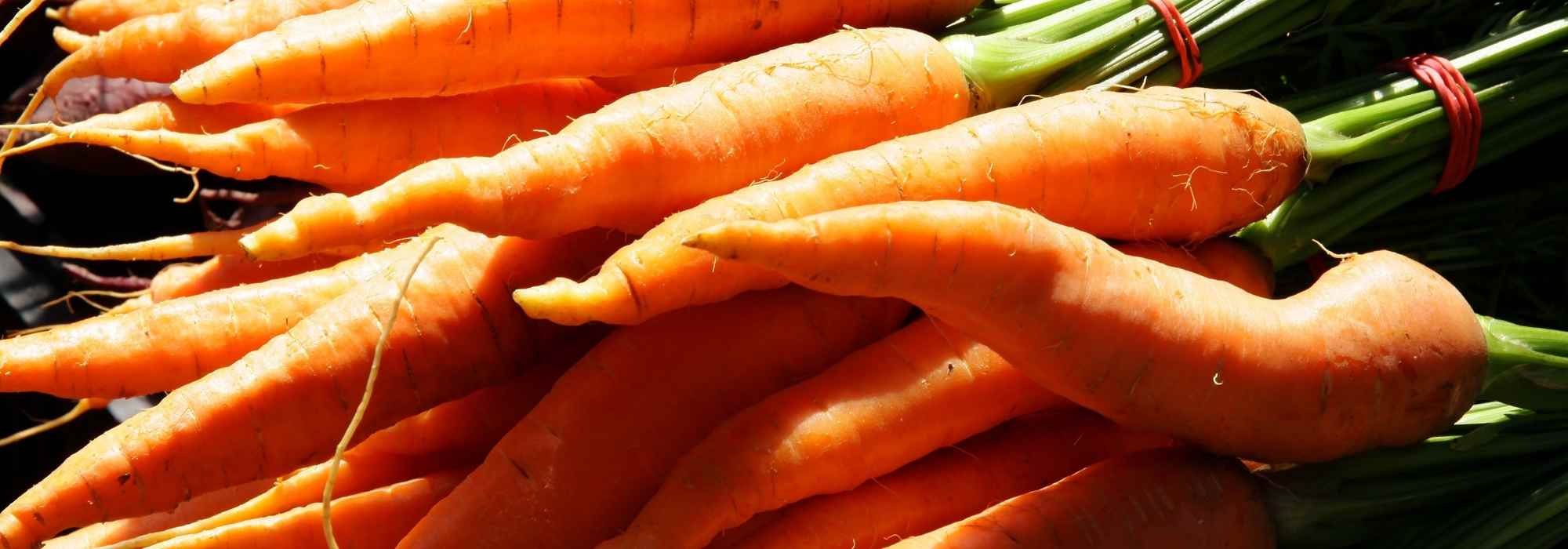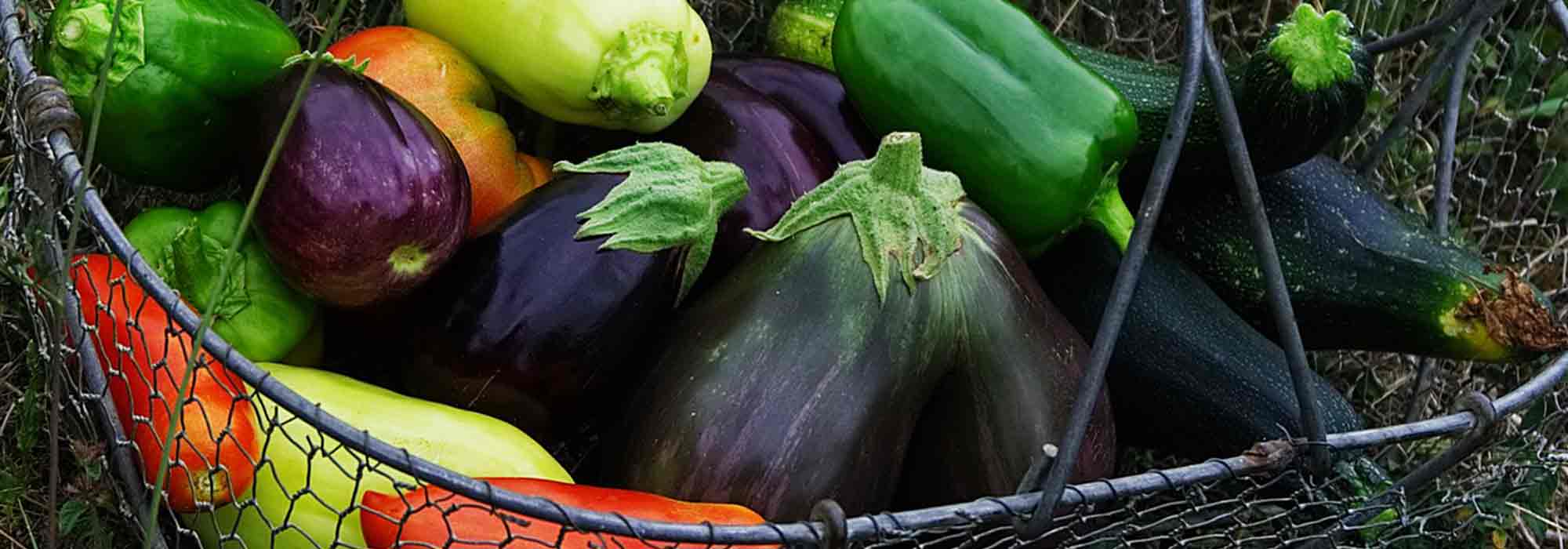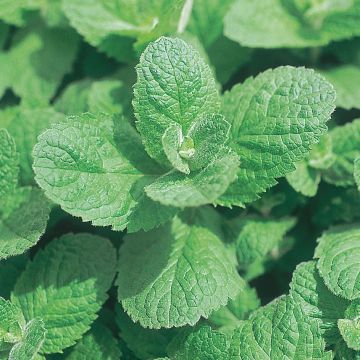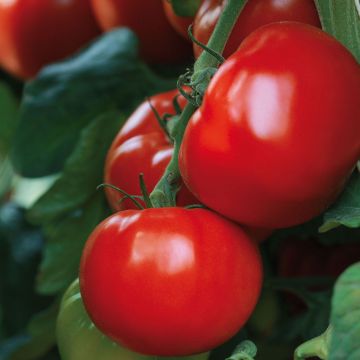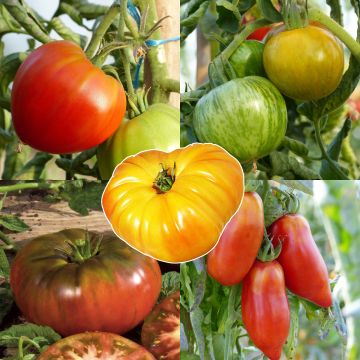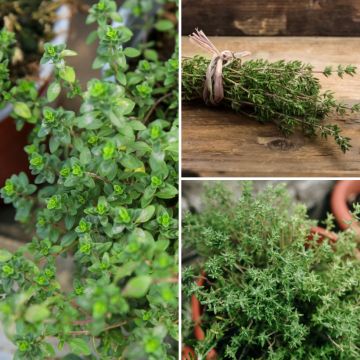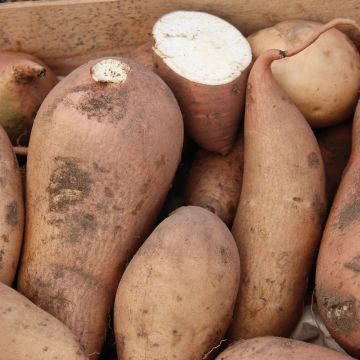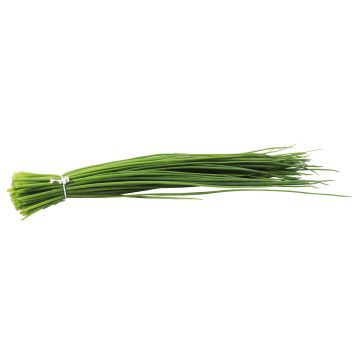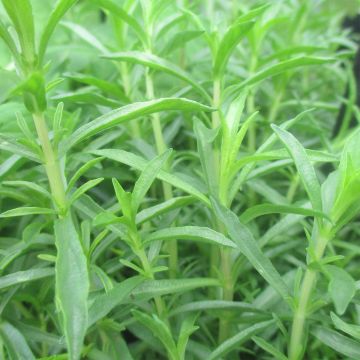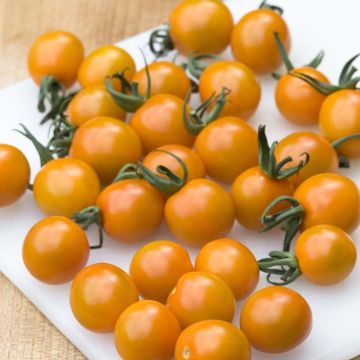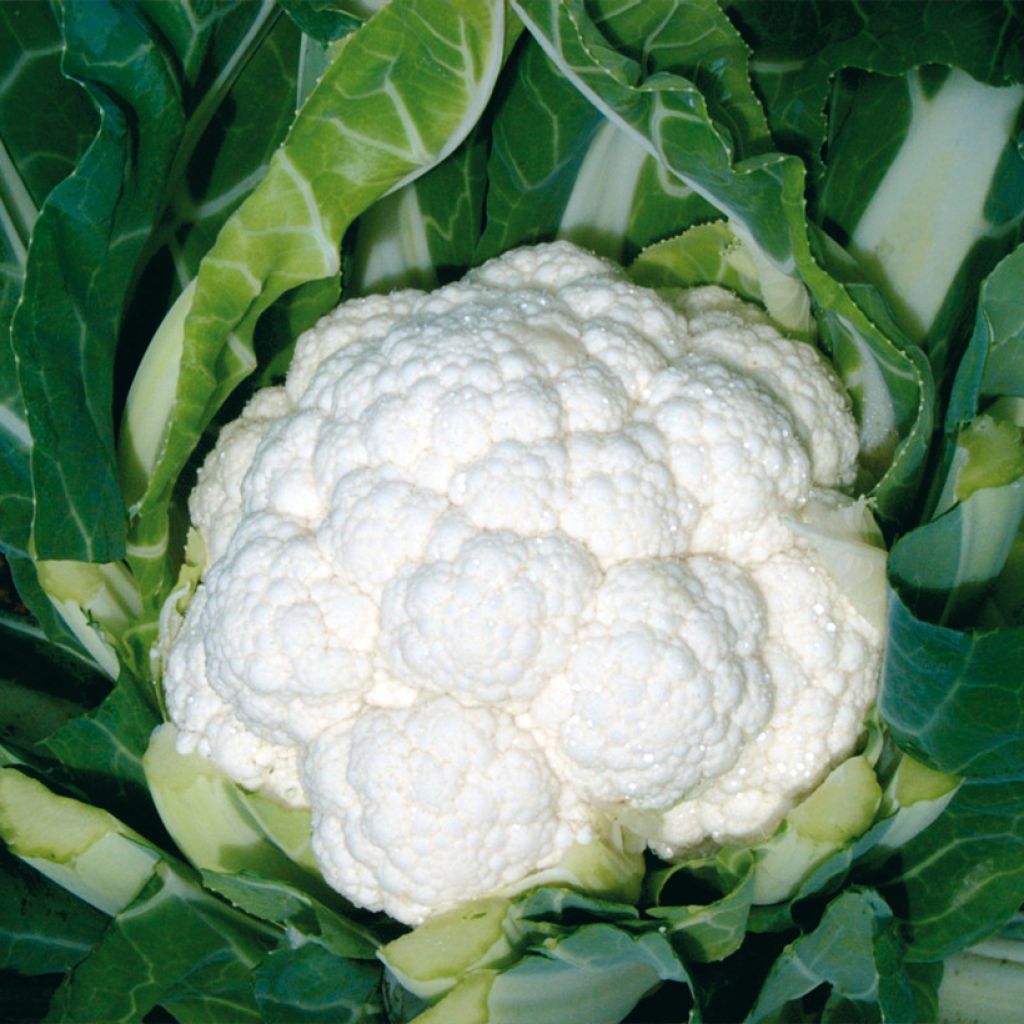

Cauliflower Freedom F1 - Brassica oleracea
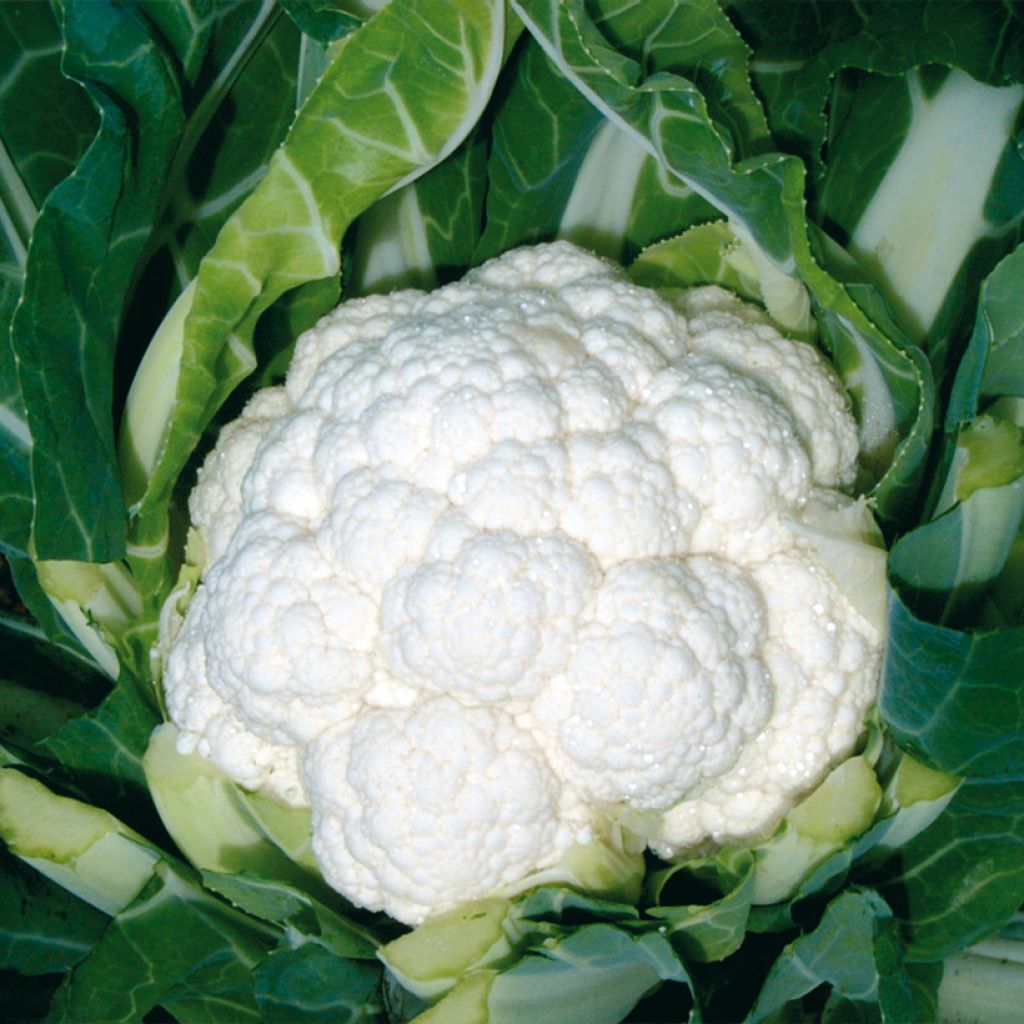

Cauliflower Freedom F1 - Brassica oleracea
Cauliflower Freedom F1 - Brassica oleracea
Brassica oleracea Freedom F1
Cauliflower
Special offer!
Receive a €20 voucher for any order over €90 (excluding delivery costs, credit notes, and plastic-free options)!
1- Add your favorite plants to your cart.
2- Once you have reached €90, confirm your order (you can even choose the delivery date!).
3- As soon as your order is shipped, you will receive an email containing your voucher code, valid for 3 months (90 days).
Your voucher is unique and can only be used once, for any order with a minimum value of €20, excluding delivery costs.
Can be combined with other current offers, non-divisible and non-refundable.
Home or relay delivery (depending on size and destination)
Schedule delivery date,
and select date in basket
This plant carries a 6 months recovery warranty
More information
We guarantee the quality of our plants for a full growing cycle, and will replace at our expense any plant that fails to recover under normal climatic and planting conditions.
Description
The 'Freedom' cauliflower is a hybrid variety to be harvested in summer and autumn. It offers large, firm heads of pure white with tight grains. The head can reach 2 to 2.5kg. This cauliflower is best consumed quickly after harvest, raw with a dipping sauce or vinaigrette, or cooked, in a gratin with béchamel sauce or steamed. Plant your 'Freedom' Cauliflower seedlings between April and August for a harvest from June to October.
From the Brassicaceae family (formerly Crucifers), the cauliflower is cultivated for its inflorescence, more precisely for its pre-floral organ: the famous white head. Some varieties have coloured heads, orange for the 'Cheddar' variety, green for 'Vitaverde', or purple in 'Graffiti', which can add color to your appetizers and gratins. The large family of cabbages also includes: broccoli, Brussels sprouts, cabbage (with smooth leaves), Milan cabbage (with puckered leaves), kale, kohlrabi, and Chinese cabbage. You have plenty of choices for your vegetable garden.
Cauliflower is one of the most consumed cabbages, as it lends itself to numerous culinary preparations. It can be eaten raw, dipped in a yogurt sauce or in a salad dressed with a good vinaigrette, or cooked, steamed or boiled and then prepared in a gratin with béchamel sauce.
Harvest: between June and October. Cut the cauliflower at ground level when the head is firm. Remember to fold the leaves from the inside over the head when it is well formed to keep it white until harvest.
Storage: Consume your cauliflower quickly after harvest. It can only be stored for a few days in the refrigerator. To store it for longer, blanch it for 3 minutes in salted boiling water and then freeze it.
Harvest
Plant habit
Foliage
Other Cauliflower
View all →Planting and care
Cauliflower is a vegetable that thrives in soil enriched with well-decomposed compost. Apply it ideally in the previous autumn. Use about 3/4kg per m2 and incorporate it by digging to a depth of 5cm.
Freedom cauliflower plugs can be planted between April and August for a harvest from June to October.
Upon receiving the plug plants, start by transplanting them into buckets filled with potting soil to allow them to grow a bit. Place them in a warm and bright location. Water regularly.
Once your plants have reached a sufficient size, you can plant them directly in the vegetable garden. Choose a sunny spot (or partial shade if your summers are very hot). Space the plants 60cm apart in all directions. Soak the plug plant in a bucket of water for a few moments. Then dig a hole, place the plant in it, and cover with fine soil. Water generously.
At the beginning of the growing season, it is recommended to mound soil around the base of your cauliflower plants. This allows for better anchoring in the soil and improved root development. Mulch the soil to reduce the need for watering.
During the growing season, water moderately but regularly.
When the heads are sufficiently formed, cover them with the inner leaves to maintain their whiteness.
Cauliflower, like all cabbage plants, is quite susceptible to diseases such as clubroot and pests (cabbage white butterfly, cabbage fly, flea beetle, gall midge...). It is very important, for this crop, to practice crop rotation.
Cultivation
Care
Intended location
Planting & care advice
This item has not been reviewed yet - be the first to leave a review about it.
Similar products
Haven't found what you were looking for?
Hardiness is the lowest winter temperature a plant can endure without suffering serious damage or even dying. However, hardiness is affected by location (a sheltered area, such as a patio), protection (winter cover) and soil type (hardiness is improved by well-drained soil).

Photo Sharing Terms & Conditions
In order to encourage gardeners to interact and share their experiences, Promesse de fleurs offers various media enabling content to be uploaded onto its Site - in particular via the ‘Photo sharing’ module.
The User agrees to refrain from:
- Posting any content that is illegal, prejudicial, insulting, racist, inciteful to hatred, revisionist, contrary to public decency, that infringes on privacy or on the privacy rights of third parties, in particular the publicity rights of persons and goods, intellectual property rights, or the right to privacy.
- Submitting content on behalf of a third party;
- Impersonate the identity of a third party and/or publish any personal information about a third party;
In general, the User undertakes to refrain from any unethical behaviour.
All Content (in particular text, comments, files, images, photos, videos, creative works, etc.), which may be subject to property or intellectual property rights, image or other private rights, shall remain the property of the User, subject to the limited rights granted by the terms of the licence granted by Promesse de fleurs as stated below. Users are at liberty to publish or not to publish such Content on the Site, notably via the ‘Photo Sharing’ facility, and accept that this Content shall be made public and freely accessible, notably on the Internet.
Users further acknowledge, undertake to have ,and guarantee that they hold all necessary rights and permissions to publish such material on the Site, in particular with regard to the legislation in force pertaining to any privacy, property, intellectual property, image, or contractual rights, or rights of any other nature. By publishing such Content on the Site, Users acknowledge accepting full liability as publishers of the Content within the meaning of the law, and grant Promesse de fleurs, free of charge, an inclusive, worldwide licence for the said Content for the entire duration of its publication, including all reproduction, representation, up/downloading, displaying, performing, transmission, and storage rights.
Users also grant permission for their name to be linked to the Content and accept that this link may not always be made available.
By engaging in posting material, Users consent to their Content becoming automatically accessible on the Internet, in particular on other sites and/or blogs and/or web pages of the Promesse de fleurs site, including in particular social pages and the Promesse de fleurs catalogue.
Users may secure the removal of entrusted content free of charge by issuing a simple request via our contact form.
The flowering period indicated on our website applies to countries and regions located in USDA zone 8 (France, the United Kingdom, Ireland, the Netherlands, etc.)
It will vary according to where you live:
- In zones 9 to 10 (Italy, Spain, Greece, etc.), flowering will occur about 2 to 4 weeks earlier.
- In zones 6 to 7 (Germany, Poland, Slovenia, and lower mountainous regions), flowering will be delayed by 2 to 3 weeks.
- In zone 5 (Central Europe, Scandinavia), blooming will be delayed by 3 to 5 weeks.
In temperate climates, pruning of spring-flowering shrubs (forsythia, spireas, etc.) should be done just after flowering.
Pruning of summer-flowering shrubs (Indian Lilac, Perovskia, etc.) can be done in winter or spring.
In cold regions as well as with frost-sensitive plants, avoid pruning too early when severe frosts may still occur.
The planting period indicated on our website applies to countries and regions located in USDA zone 8 (France, United Kingdom, Ireland, Netherlands).
It will vary according to where you live:
- In Mediterranean zones (Marseille, Madrid, Milan, etc.), autumn and winter are the best planting periods.
- In continental zones (Strasbourg, Munich, Vienna, etc.), delay planting by 2 to 3 weeks in spring and bring it forward by 2 to 4 weeks in autumn.
- In mountainous regions (the Alps, Pyrenees, Carpathians, etc.), it is best to plant in late spring (May-June) or late summer (August-September).
The harvesting period indicated on our website applies to countries and regions in USDA zone 8 (France, England, Ireland, the Netherlands).
In colder areas (Scandinavia, Poland, Austria...) fruit and vegetable harvests are likely to be delayed by 3-4 weeks.
In warmer areas (Italy, Spain, Greece, etc.), harvesting will probably take place earlier, depending on weather conditions.
The sowing periods indicated on our website apply to countries and regions within USDA Zone 8 (France, UK, Ireland, Netherlands).
In colder areas (Scandinavia, Poland, Austria...), delay any outdoor sowing by 3-4 weeks, or sow under glass.
In warmer climes (Italy, Spain, Greece, etc.), bring outdoor sowing forward by a few weeks.






























